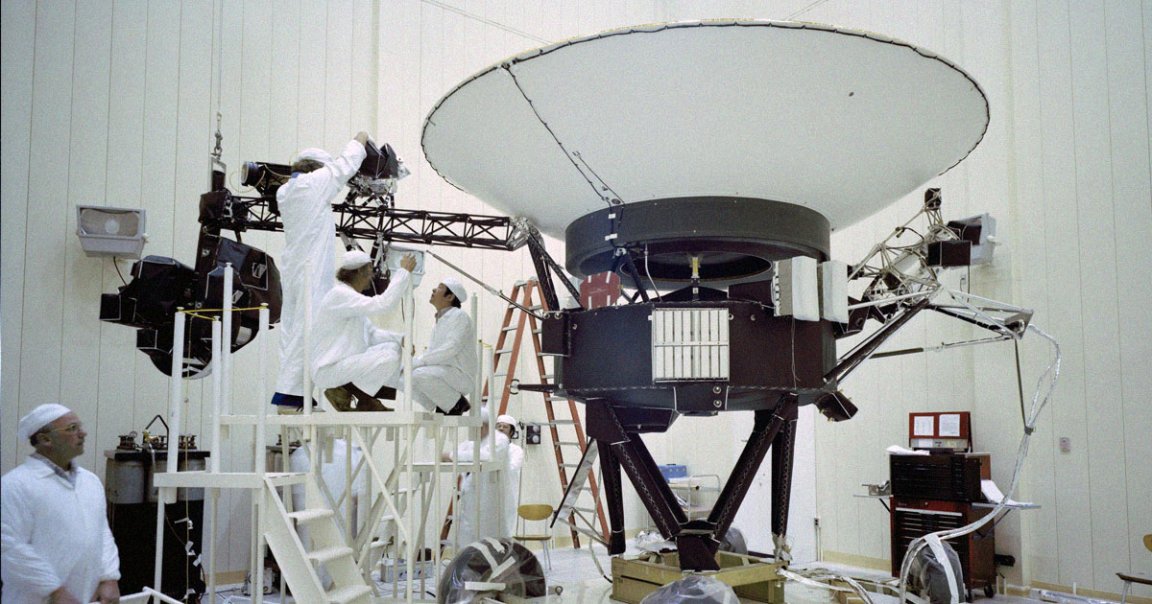
Never Give Up
It turns out that reports of its death were greatly exaggerated. NASA says it’s figured out a way to extend the mission of its interstellar Voyager 2 probe by another three years.
And that’s no easy feat, considering the probe has been screaming through the cosmos since 1977 and is currently more than 12 billion miles from Earth.
The probe recently switched to its backup power reserves, which were originally set aside as part of an onboard safety mechanism, according to an update by NASA’s Jet Propulsion Laboratory.
This switch will allow the probe’s five scientific instruments to keep studying interstellar space until at least 2026 — a brief but meaningful reprieve, and a testament to the foresight of the engineers who developed the probes around a half century ago.
Last Ditch Effort
Voyager 2 was initially scheduled to have one of its instruments turned off this year as the power reserves of its generators, which turn the heat from decaying plutonium into electricity, dwindled. Doing so could allow the probe to continue its operations while making use of four out of its five instruments for years to come, according to JPL.
Decades after launching in 1977, Voyager 2 and its twin Voyager 1 became the first spacecraft to ever beam back data from outside of the heliosphere, the outermost bubble generated by the Sun, which borders interstellar space.
Voyager 1 and 2 reached the boundary of interstellar space in 2012 and 2018 respectively — despite the fact that the missions were only scheduled to last four years at the time of their launch.
Numerous mission extensions later, though, the probes are still not ready to give up.
“The science data that the Voyagers are returning gets more valuable the farther away from the Sun they go, so we are definitely interested in keeping as many science instruments operating as long as possible,” said Linda Spilker, Voyager’s project scientist at JPL, in the statement.
More on interstellar space: The Second Alien Probe We Detect May Be Particularly Bizarre, Scientist Says